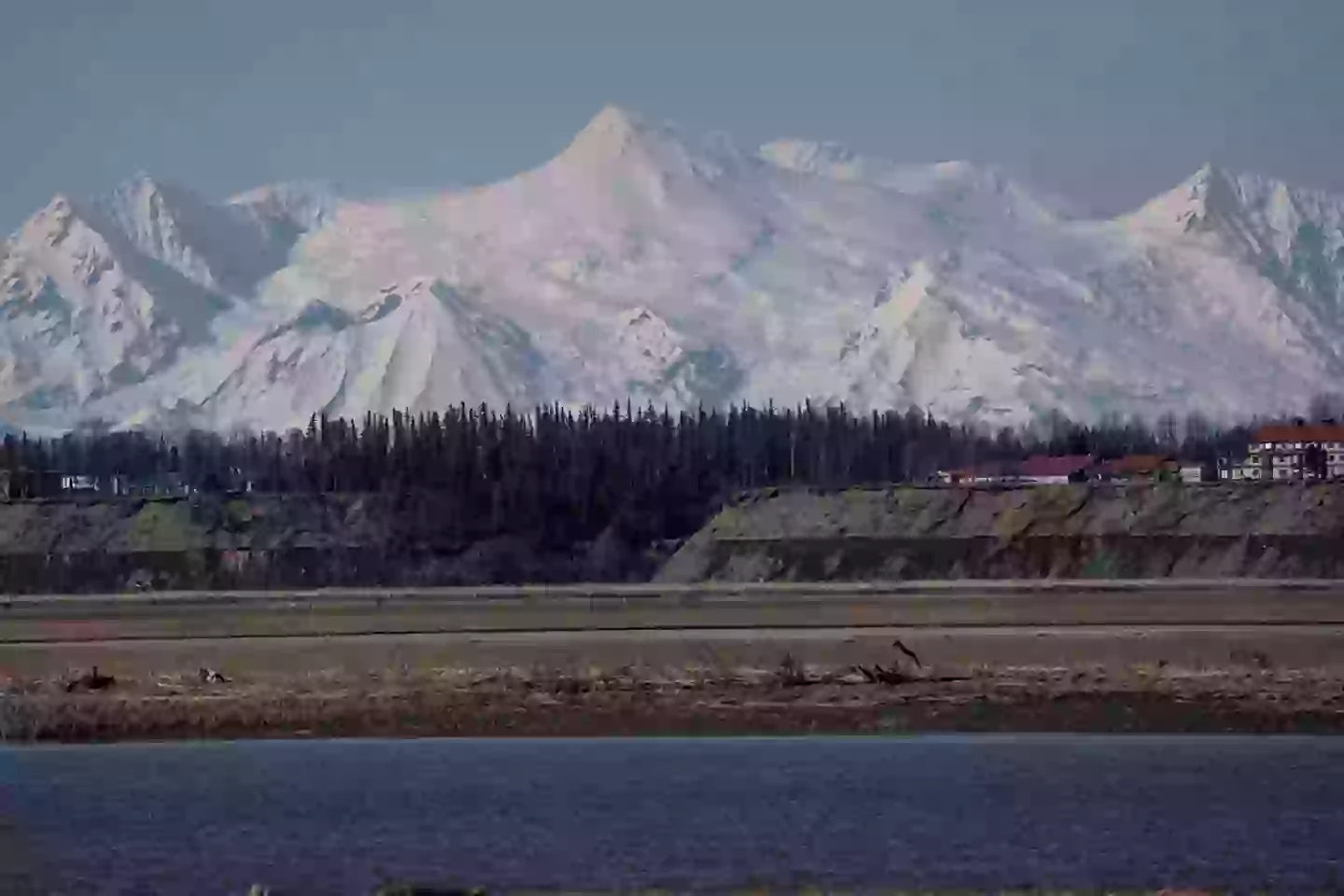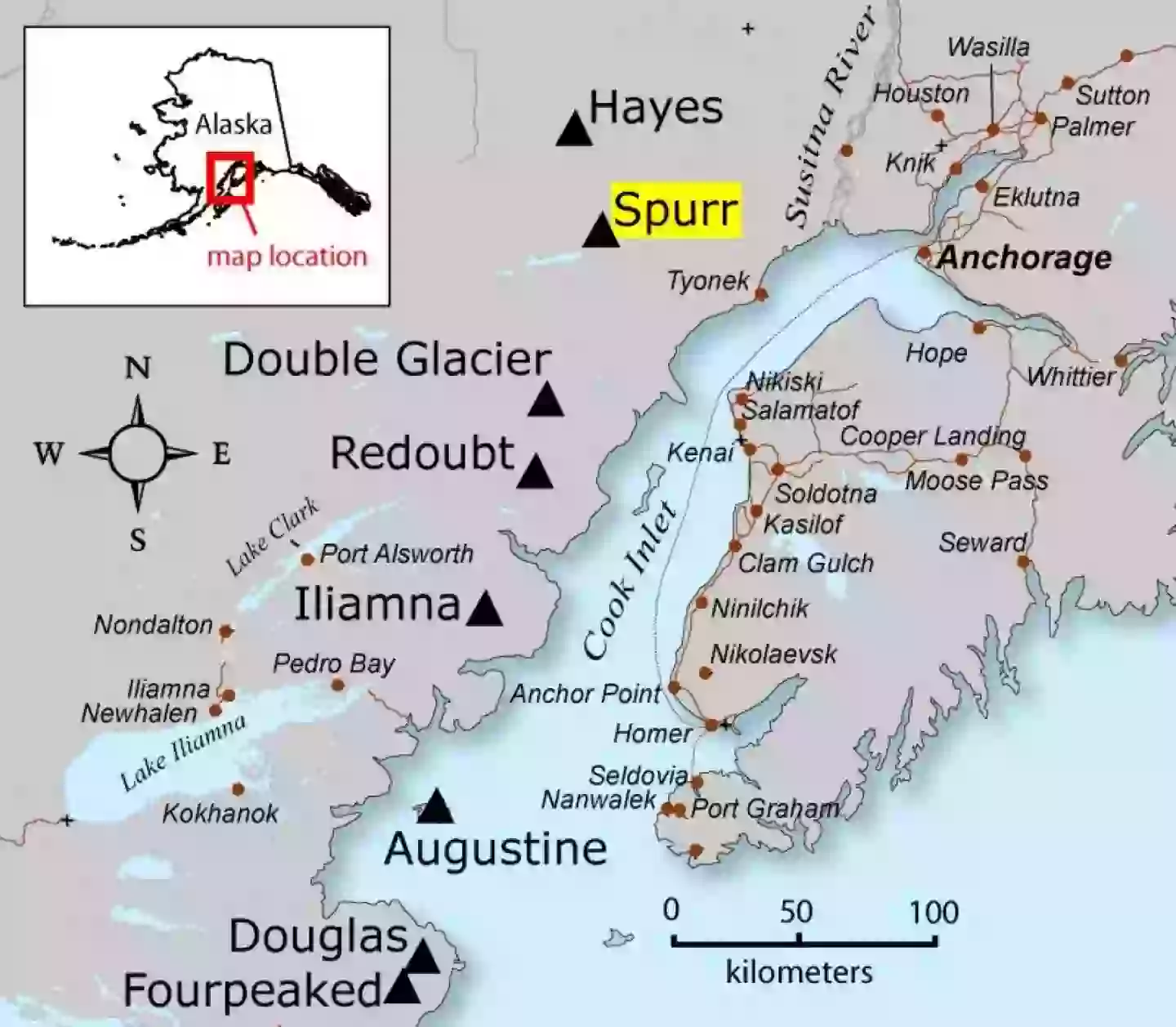As Americans await a potential volcanic eruption, attention is focused on a significant geological threat near Anchorage, Alaska.
Within the United States, 169 volcanoes are categorized as ‘active’, and one of particular concern is Alaska’s Mount Spurr, which stands at 11,070 feet. This volcano is notably taller than the Yellowstone supervolcano.
Visible from Anchorage on clear days, Mount Spurr is situated 81 miles from the city. The Alaska Volcano Observatory (AVO), responsible for monitoring 90 of the state’s estimated 140 volcanoes, noted a significant increase in seismic activity beneath Mount Spurr. Over 100 earthquakes were recorded weekly between February and March, with over 3,400 since April of the previous year.
Matt Haney, a leading AVO scientist, discussed the potential eruption with Alaska Public Media, providing insight into what might occur.

“A Spurr eruption similar to those in 1953 and 1992 would likely not be audible for people in Anchorage but would be audible if one were close to the volcano. However it wouldn’t be advisable to be that close,” Haney explained.
“Ash-producing eruptions can produce volcanic lightning in the ash cloud due to friction between volcanic ash particles, and that lightning produces thunder, which may be audible at further distances,” he added.
Haney further elaborated, “More often than not, we have explosive eruptions that fragment magma and shoot ash, you know, 50,000 feet into the atmosphere.”
Historically, Mount Spurr erupted three times in 1992 and once in 1953.

Haney recalled the events of August 18, 1992, “which was the second of the three explosions. The winds were blowing to Anchorage that day, and the ash was carried over Anchorage, and ashfall ensued on Anchorage.”
The last significant eruption occurred nearly 43 years ago, and a new eruption could result in ash descending upon Anchorage and its neighboring areas.
Residents near Mount Spurr are taking precautions by gathering supplies such as face masks, gas masks, goggles, latex gloves, and ample water.
According to the International Volcanic Health Hazard Network (IVHHN), inhaling volcanic ash can lead to lung diseases, exacerbate asthma, and cause irritation to the eyes, nose, and throat.

